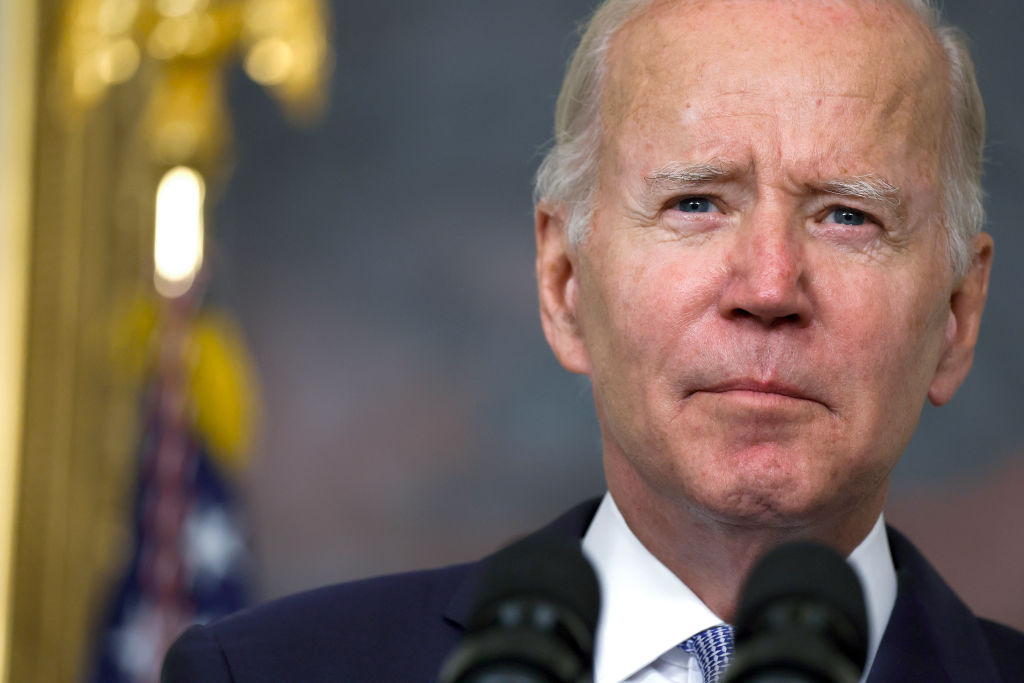The current leadership crisis inside the Democratic Party has left many despairing the future of organized politics. Politically captive to landlords and developer groups locally, to employer associations and their financiers nationally, the Democratic Party entered the Trump administration the same way it ended Joe Biden’s: immobilized.
“We’re not going to swing at every pitch,” explained House leader Hakeem Jeffries on January 29.
In the Biden years, that indecision reflected the power of organized business over the American political system. Opposed to increasing corporate taxes, raising the minimum wage, and expanding public spending on education and health care, their veto leaves the Democratic Party flailing for strategies on bipartisan legislation: restricting immigration, deregulating construction, and stimulating Silicon Valley. But in the second Trump administration, which has seen muted partisan opposition to these centrist policies, business leadership of the liberal coalition has even graver implications.
On key issues of national economic vision, many leading party officials learned the wrong lesson from the inflation and the high cost of living that was a refrain of the 2024 elections: that material reality shows no sign of abating, as the cost of living is today 23 percent above prepandemic levels.
Its annual rate of increase — what’s reported as “inflation” — also remains faster than before the pandemic, particularly for “core” prices (excluding food and energy). In the postindustrial American economy, these prices are predominantly services, where wages continue to adjust to the higher cost of living. The average hourly wage in manufacturing is up 23 percent, from $28.20 in January 2020 to $34.64 —…
Auteur: Andrew Elrod

